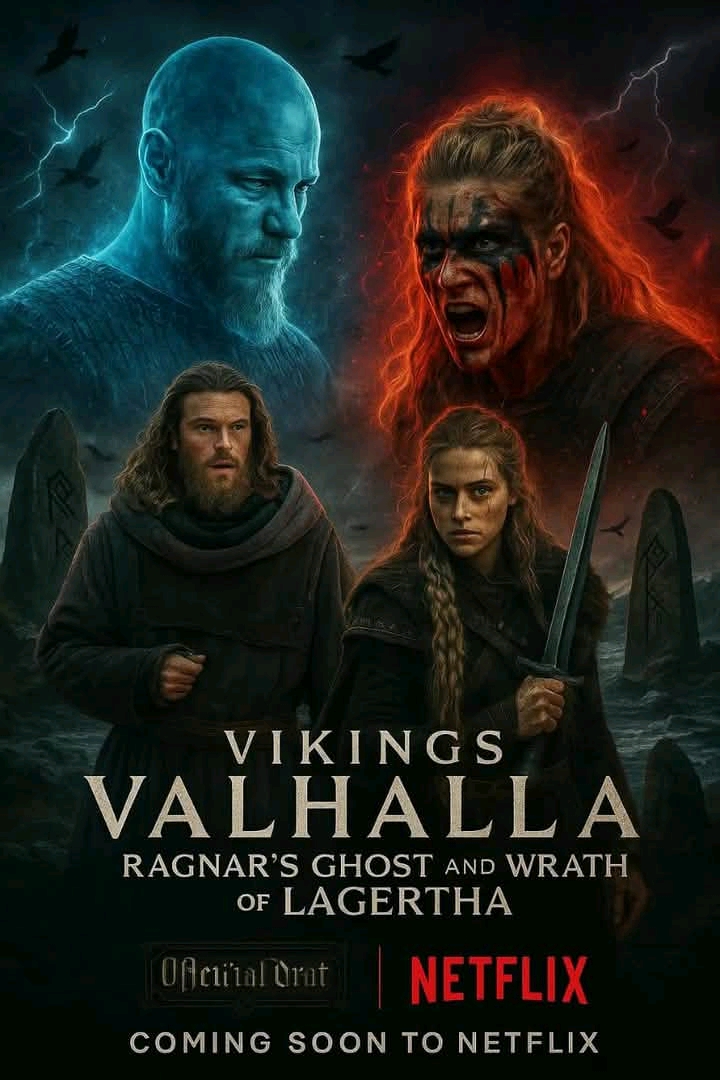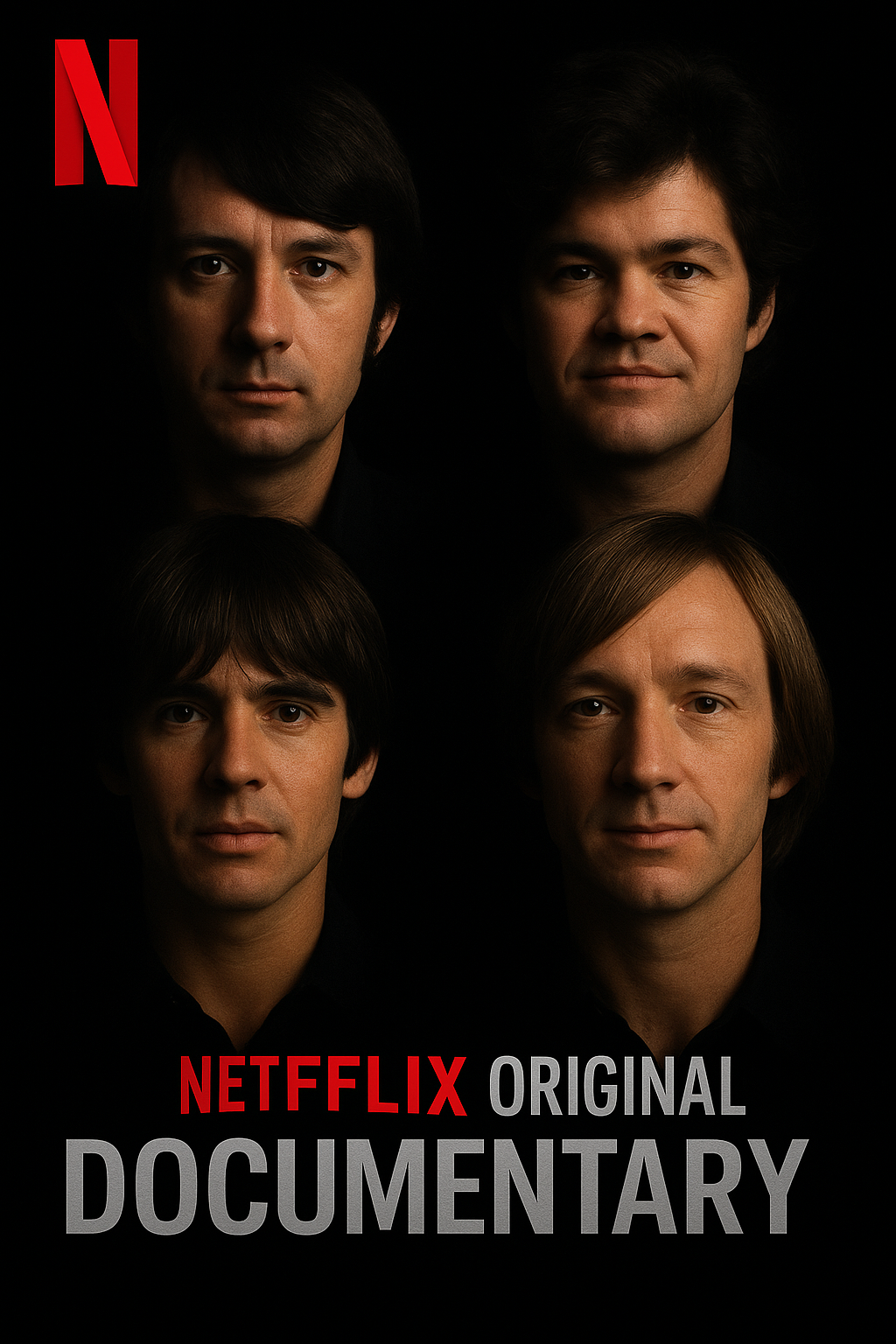Vikings Valhalla: Ragnar’s Ghost and the Wrath of Lagertha
The new chapter in the Vikings Valhalla saga has taken fans into uncharted territory with a storyline that blends the supernatural with the fierce history of Norse legends. Ragnar Lothbrok, the legendary Viking whose name once echoed across the North, returns not in flesh, but as a ghostly figure haunting the dreams and decisions of those who still fight in his name. His presence is more than a lingering memory; it is a force that shapes the destiny of the new generation. The return of Ragnar’s spirit has awakened long-buried secrets and reignited old rivalries, pulling both allies and enemies into a storm they cannot escape.
Lagertha, once a revered shield-maiden and queen, finds herself at the center of this haunting. The wrath of Lagertha is not merely that of a grieving warrior, but of a soul betrayed by time and legacy. Her spectral fury is a powerful force that refuses to be silenced, seeking justice for the forgotten oaths and the broken promises left in the wake of endless wars. As the halls of Kattegat echo with whispers of the dead, the living tremble under the weight of their ancestors’ unresolved grudges. The line between the mortal world and the realm of the afterlife has never been thinner.
As the saga unfolds, the new generation of Vikings is faced with a chilling reality. They cannot simply move forward without reckoning with the ghosts of their past. The rise of Harald Sigurdsson and Freydis Eriksdotter takes on a more ominous tone as they feel the pull of Ragnar’s ghost, guiding them with cryptic visions and riddles of fate. Lagertha’s wrath, however, is a more destructive force, seeking to correct the failures of the living through fear and vengeance. In the clash between these spirits and their descendants, the audience is drawn into a world where history refuses to die.
The haunting is not limited to whispers in the dark. Strange omens plague the people of Kattegat—storms that come without warning, ships lost in calm seas, and runes that burn with an eerie glow. Seers claim that the gods themselves have opened the gates between worlds, allowing Ragnar and Lagertha to walk the earth once more, neither fully alive nor dead. These manifestations shake the foundations of faith and loyalty, forcing warriors to question whether their battles are truly their own or guided by the restless spirits of those who came before.
Even among the fiercest warriors, fear spreads like wildfire. Some believe Ragnar’s ghost seeks redemption, while others claim he has returned to exact punishment on those who strayed from his path. Lagertha’s fury is more straightforward—her wrath is aimed at those who dishonored her memory and failed to uphold the honor of their lineage. As their spectral forms appear in visions and dreams, the boundaries of leadership and loyalty blur. Friend becomes foe, and alliances fracture under the weight of supernatural influence.
Freydis finds herself at the heart of this turmoil. As the keeper of old traditions, she feels a deep connection to the spiritual realm and becomes the unwilling messenger between the living and the dead. Her role evolves into that of a bridge, translating the will of Ragnar’s ghost and the vengeance of Lagertha into guidance for her people. But this connection comes at a cost, as the spirits demand sacrifices that could forever alter the course of her destiny. The more she listens, the more she risks losing her own sense of self.
Meanwhile, Harald Sigurdsson struggles to maintain his path toward uniting Norway under one rule. His ambitions are threatened by the haunting presence of Ragnar’s spirit, whose cryptic warnings hint at a betrayal lurking in the shadows. Lagertha’s wrath becomes a trial for his leadership, testing his courage and his ability to honor the legacy of the past while forging a new future. In this battle between ambition and ancestral duty, every decision carries the weight of history.
The political conflicts intertwine with the spiritual unrest, creating an atmosphere thick with tension. Viking chieftains gather to debate whether the hauntings are blessings or curses, and whether the time has come to embrace the old ways more fully to appease the restless dead. Rituals grow more elaborate, sacrifices more desperate, as fear and hope intertwine. Some turn to Christianity for salvation, while others double down on the old gods, believing only they can calm Ragnar and Lagertha’s rage.
The haunting reaches its peak in a dramatic confrontation where the living must face the truth of their lineage. Ragnar’s ghost reveals secrets that shake the very foundation of the Viking world, exposing betrayals long hidden in the shadows. Lagertha’s wrath, like a storm, sweeps through the hearts of those who betrayed her, forcing them to confront their guilt. In these moments, the past and present collide in a breathtaking display of fate’s power.
This chapter of Vikings Valhalla reminds audiences that the past is never truly gone. It lives on in the choices, the bloodlines, and the memories of those who walk the earth today. Ragnar’s ghost and Lagertha’s wrath are not just supernatural elements but symbols of the unbroken chain of history that shapes every soul in the Viking world. Through them, the show delves into themes of legacy, honor, and the eternal struggle between forgiveness and vengeance.
As the saga continues, viewers are left to wonder if the spirits will ever find peace or if their influence will forever linger over Kattegat and beyond. Vikings Valhalla: Ragnar’s Ghost and the Wrath of Lagertha is a haunting reminder that the dead are never tr



